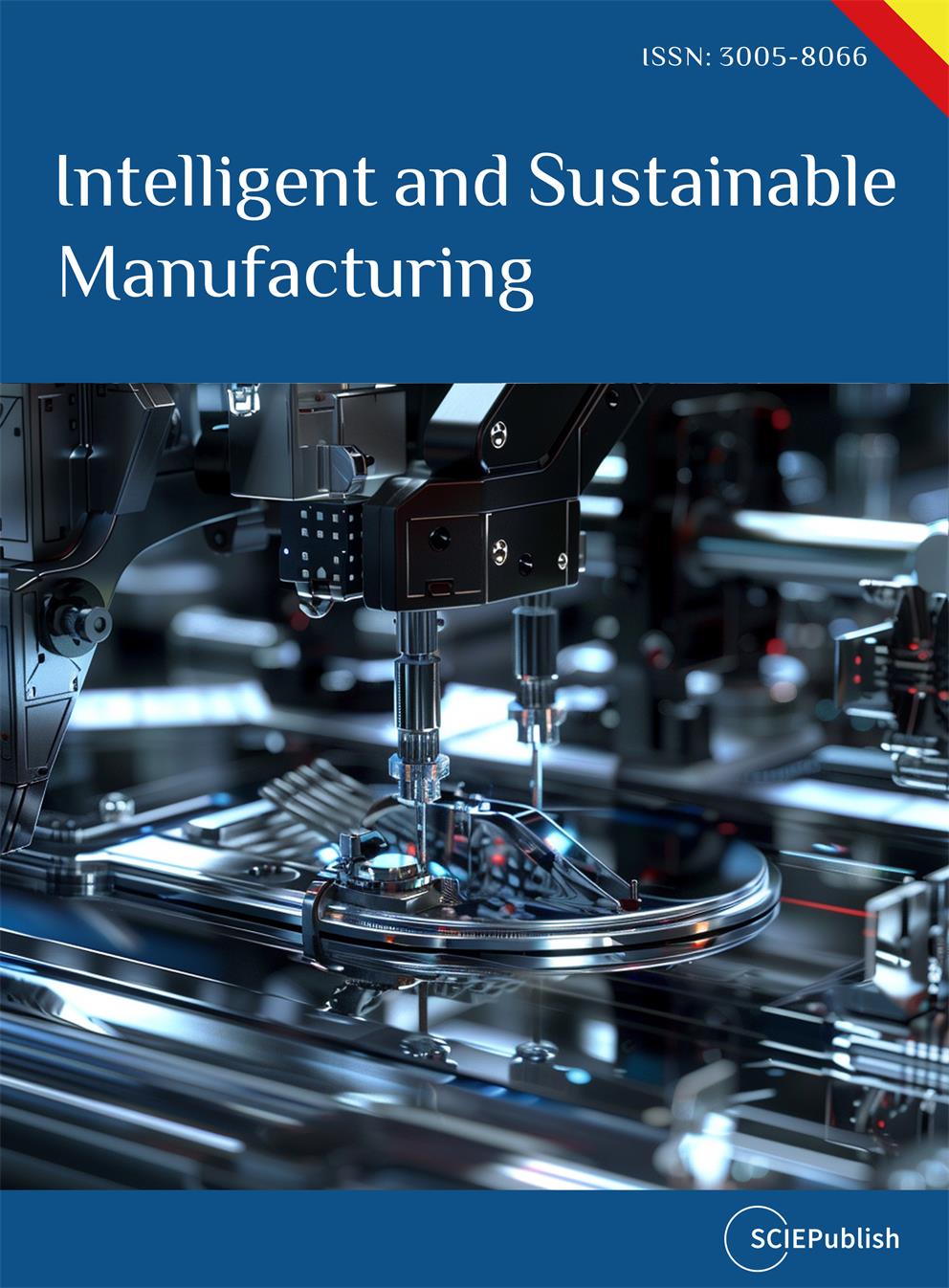Found 297 results
Article
18 April 2025Strata Use in a Canopy Beetle Community of a Lowland Neotropical Rainforest in Southern Venezuela
Stratification of tropical rainforests and their arthropods is highly pronounced. I hypothesize that the occurrence of rainforest canopy beetles in the understory is not random but related to the ecology of the taxa, such as feeding guilds and larval development. Therefore, the ecological characteristics of stratum generalists recorded in both the canopy and the lower understory were analyzed. Adult beetles were collected manually and with traps in the northern part of the Amazonian rainforest for a cumulative year. Seventy out of a total of 862 canopy beetle species from 45 families associated with 23 tree species were shared between both strata. The beetle families represented by most species in the canopy and ground samples were Curculionidae, Chrysomelidae, and Carabidae. For Elateridae and Scarabaeidae, the proportion of shared species between the strata was ≥20%. In contrast, the species-rich families (≥20 canopy species) Cerambycidae, Mordellidae, and Buprestidae did not comprise species sampled in both strata. Thus, beetle families comprising many stratum generalists are either largely predatory, or their larvae often develop in the soil.
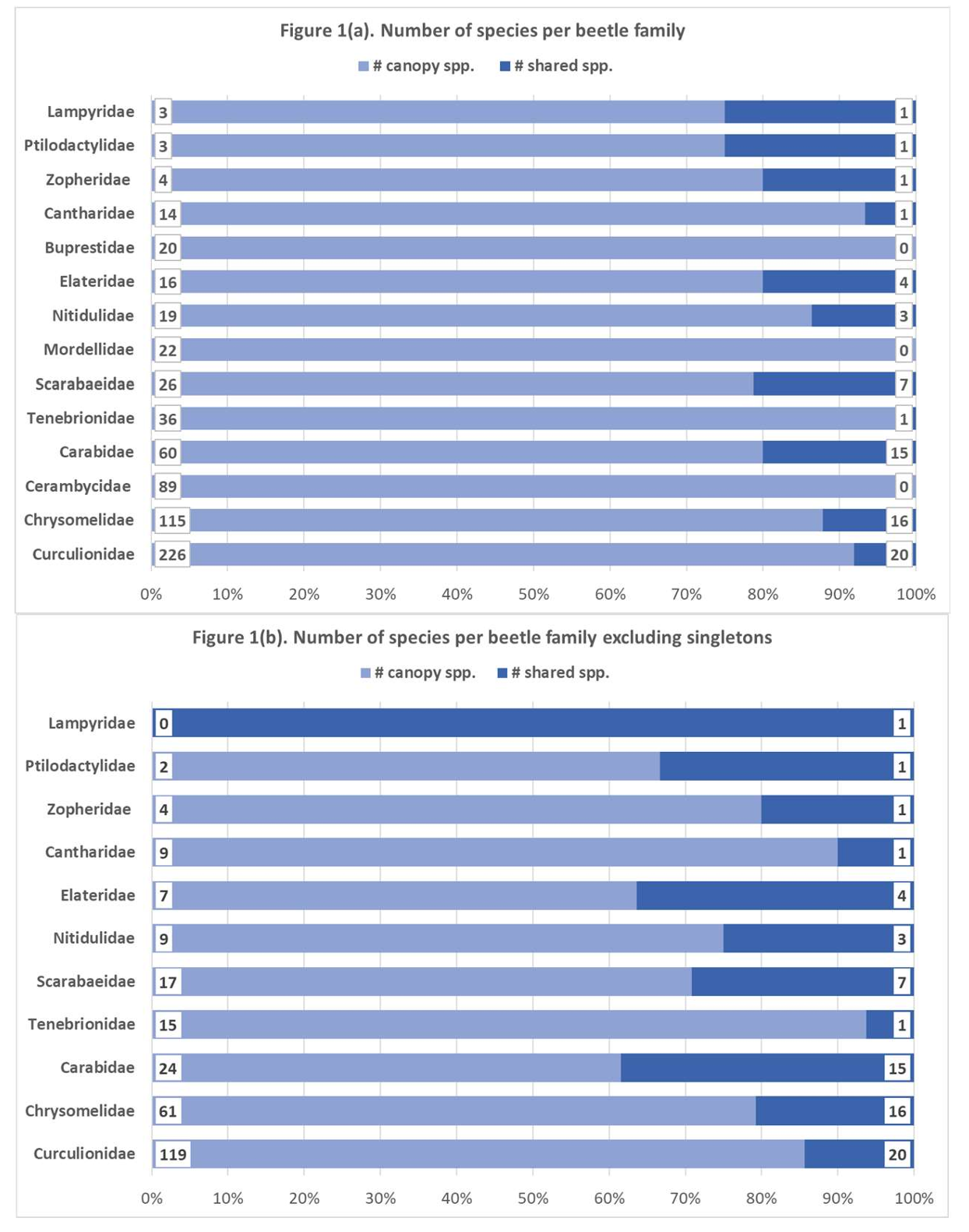
Review
17 April 2025Advances in Cardiac Resynchronisation Therapy
Cardiac resynchronisation therapy (CRT) has emerged as a transformative treatment in heart failure management, particularly for patients with significant left ventricular systolic dysfunction in the context of electrical dyssynchrony. Over time, CRT has evolved to address broader patient populations and more complex clinical scenarios. Despite its well-documented benefits in improving survival, reducing hospitalisation and enhancing quality of life, approximately 30% of patients fail to respond, making ongoing research critical for optimising outcomes. This review provides a comprehensive update on the evolving landscape of CRT therapy. Focus is placed on expanding indications, novel assessment techniques for dyssynchrony, application in special populations and innovations in device programming.
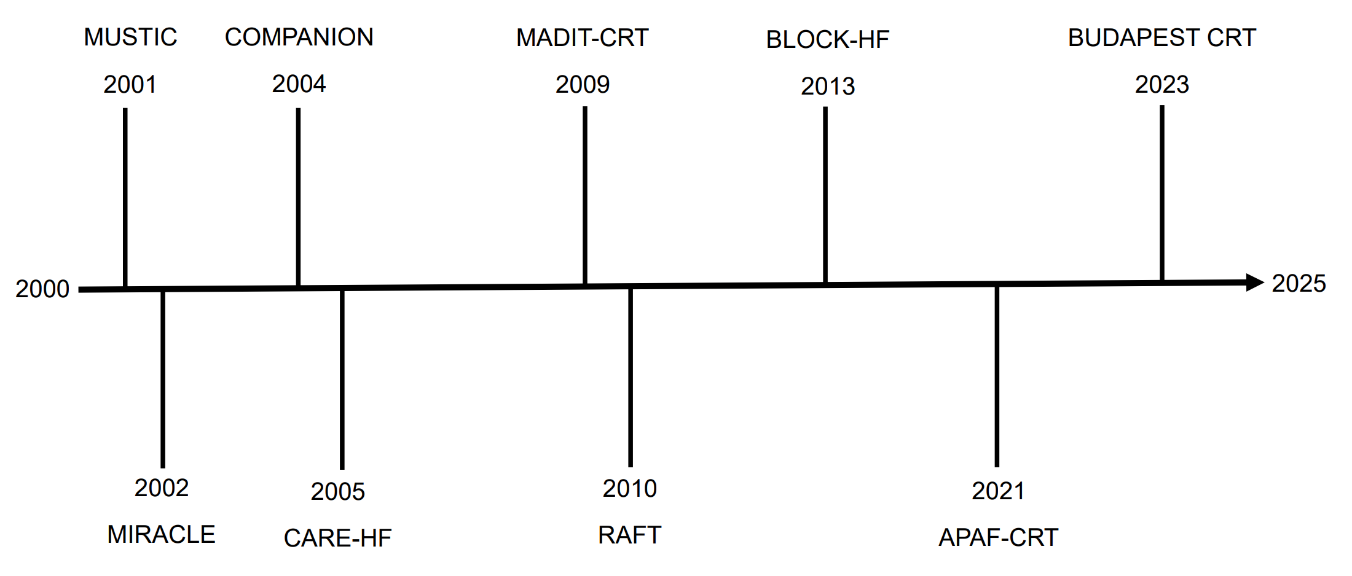
Article
15 April 2025Technical and Eco-Efficiency Implications of the Use of Basalt Fibre in Hybrid Composites
The use of hybrid composites can be environmentally friendlier than the traditional materials since renewable resources, both natural and synthetic fibres can be incorporated into the composites, resulting in lighter weight, enhanced resource efficiency, durability, and biodegradability, which could potentially make them sustainable materials for structural applications. Basalt fibre being treated with hydrochloric acid exhibits superior adhesion with the epoxy matrix, improving overall strength and stiffness. Thus, the aim of this paper is to determine the eco-efficiency of two types of hybrid composites: glass/basalt and carbon/basalt fibre-reinforced under flexural loading. The flexural strengths of these composites were obtained through a Finite Element Analysis (FEA) model using Ansys workbench. These simulation-based flexural strengths form the basis for the quadratic regression model to establish a relationship between the different flexural strengths and fibre volume fractions combinations. Given the required flexural strength between 900 and 1300 MPa, the optimal candidates/layups were identified with the aid of the model. An environmental study following a life cycle assessment (LCA) and eco-efficiency framework of unidirectional glass/basalt and carbon/basalt fibre-reinforced hybrid composites with varying fibre volume fractions is presented in this paper to select the eco-efficient composites. In the case of glass/basalt fibre-reinforced hybrid composites, the designs with the highest eco-efficiency for 900 and 1200 MPa are [BG3]S with more glass fibre and [G7B] with more glass fibre, respectively, due to having lower costs and environmental impacts. For carbon/basalt fibre-reinforced composites, the stacking sequence [B8] was deemed to be the most eco-efficient. Finally, epoxy has the highest economic and environmental cost. Therefore, composite designs with high glass fibre content are considered eco-efficient since they have a lower epoxy content.
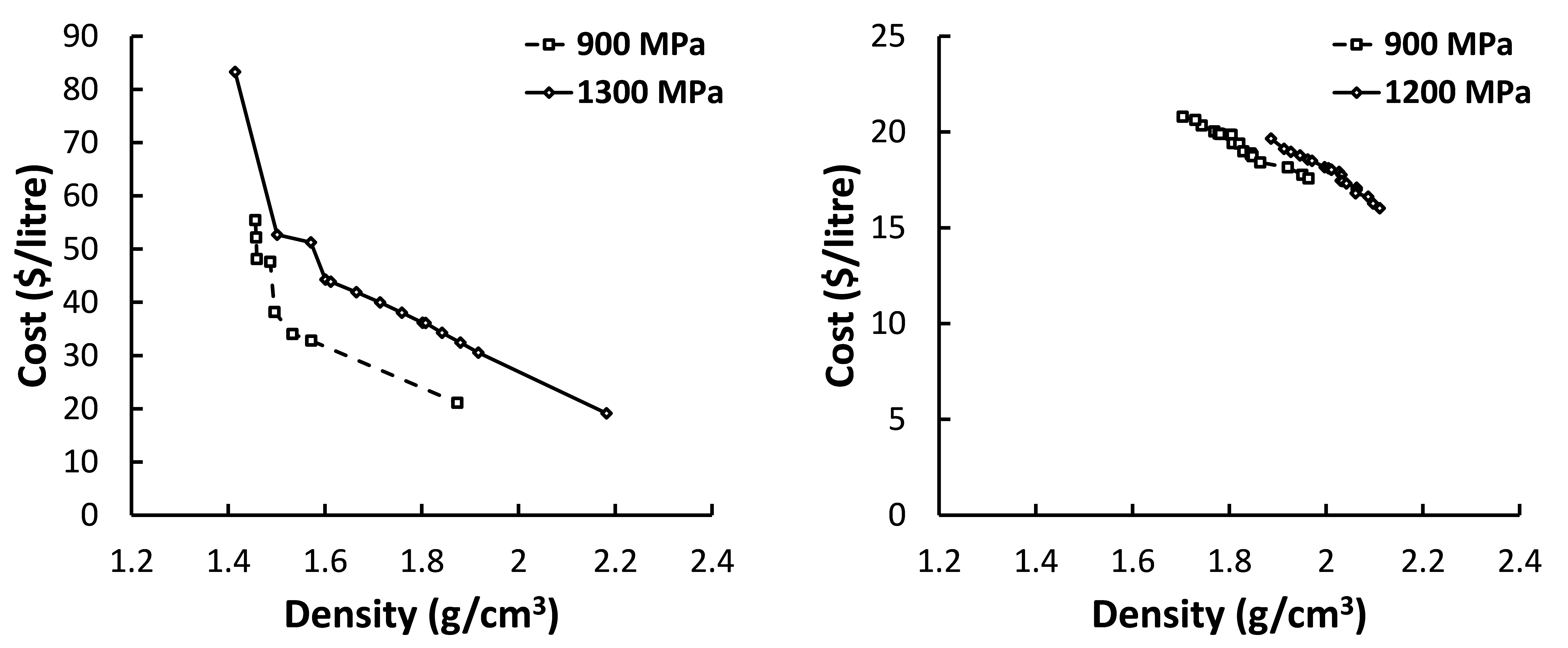
Article
15 April 2025Parental Warmth and Adolescents’ Meaning in Life: Mediator of Perceived Control and Moderator of Relative Deprivation
This study establishes a moderated mediation model that incorporates the roles of perceived control and relative deprivation. Specifically, we hypothesized that parental warmth positively predicts adolescents’ meaning in life, with perceived control mediating this relationship. Furthermore, relative deprivation moderates both the direct effect of parental warmth on meaning in life and the indirect effect through perceived control. A total of 406 adolescents participated in this study. The results revealed that: (1) parental warmth positively related to adolescents’ meaning in life; (2) perceived control significantly mediated the relationship between parental warmth and meaning in life; and (3) relative deprivation moderated the association between parental warmth and perceived control, such that higher levels of relative deprivation attenuated the positive effect of parental warmth on perceived control. These findings contribute to a deeper understanding of the psychological mechanisms linking parental warmth to adolescents’ meaning in life and provide valuable insights for interventions aimed at fostering meaning development in youth.
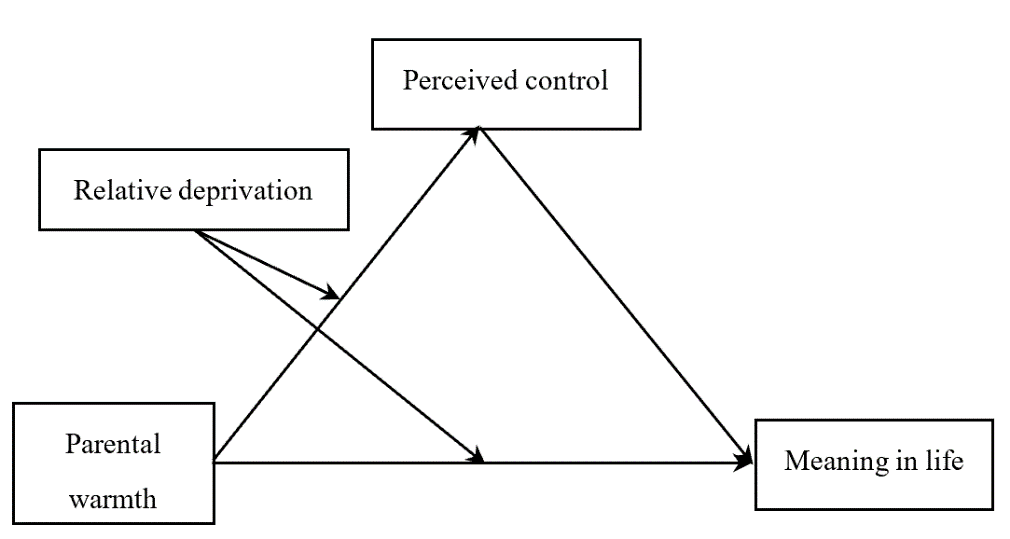
Review
14 April 2025Advancements in Flexible Ceramic Fibers for High-Temperature Applications: A Comprehensive Review
Flexible ceramic fibers (FCFs) have emerged as a highly promising material for high-temperature applications, effectively combining the excellent thermal stability of ceramic materials with the robust mechanical properties of flexible fibers. This review provides a comprehensive overview of recent advances in multifunctional FCF devices, focusing on innovative methods across material selection, structural design, and fabrication techniques to enhance their functional properties. These improvements, i.e., mechanical strength, thermal conductivity, and oxidation resistance, make FCFs particularly suitable for a wide range of applications, including energy storage, sensing, and high-temperature filtration. Notably, advancements in fabrication techniques have enabled the creation of novel FCF devices for thermal insulation and high-temperature sensing, such as stretchable ceramic membranes and printable ceramic fiber papers. The review concludes by discussing the future potential of FCFs, especially in multifunctional applications in high-temperature environments, where they can serve as essential components of advanced technologies. This work highlights the versatility and potential of FCFs as a transformative material for next-generation high-temperature applications.
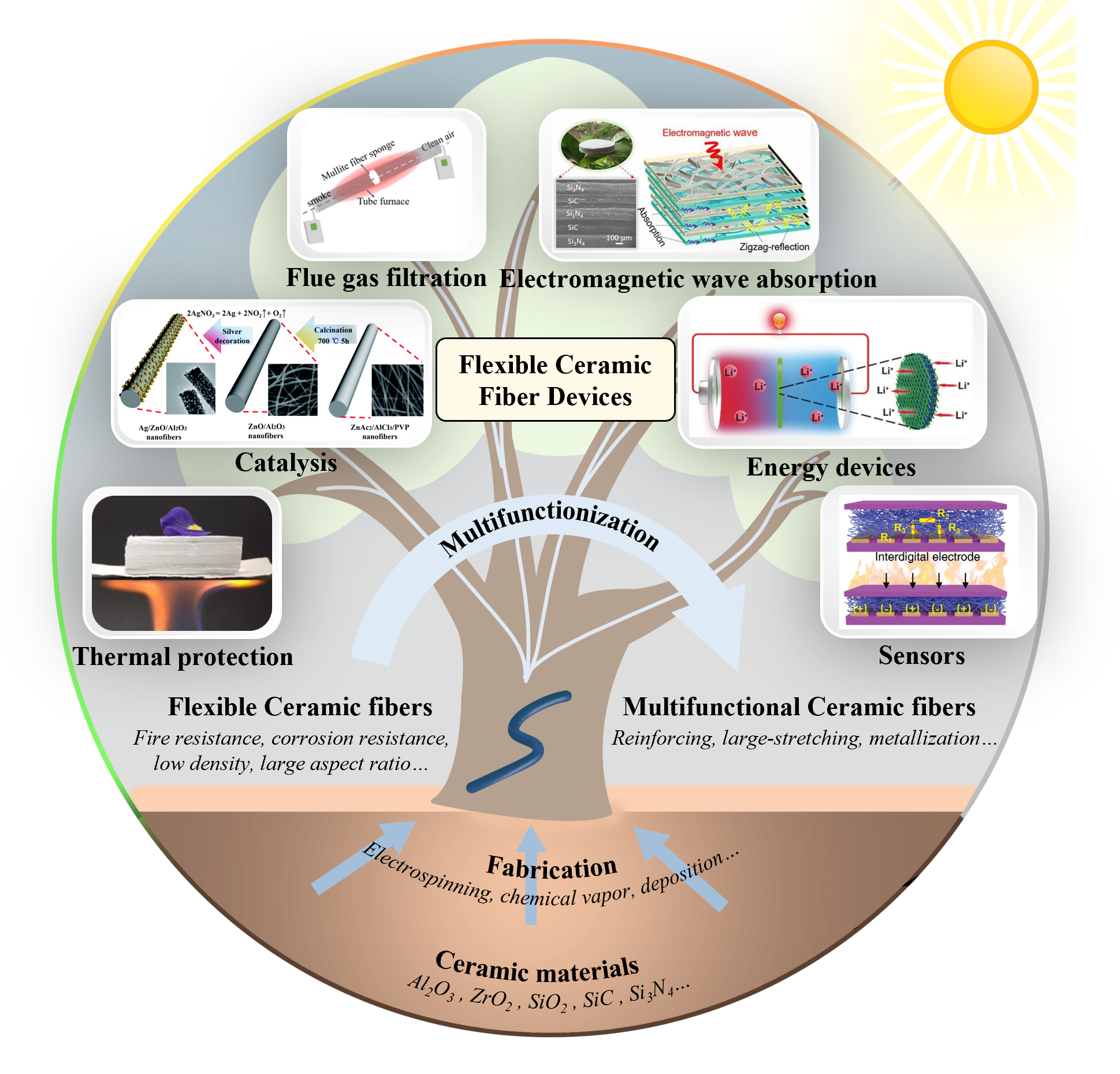
Article
14 April 2025Efficient Extracellular Production of Phospholipase D in Escherichia coli via Genetic and Process Engineering Modification
Phospholipase D (PLD) is the key enzyme in the catalytic production of rare phospholipids including phosphatidylserine. It was considered a promising method via genetic manipulation for the heterologous production of PLD in the model chassis. Few works focused on the extracellular production of PLD in engineered microbes. Herein, genetic and process engineering modification strategies were developed to achieve secretory production of PLD in Escherichia coli. The N-terminal fusion secretion signal peptide OmpA and the plasmid pBAD-gⅢC with pBAD promoter were proven to be the most effective in promoting the secretory production of PLD. Given the limitation of the cell membrane, the regulation of the key protein expression in the cell membrane as well as the addition of surfactants, were explored to accelerate the secretory production of PLD further. It was indicated that adding 0.5% (w/v) Triton X-100 was more conducive to producing PLD. Finally, fed-batch fermentation was conducted, and the maximum extracellular PLD activity achieved was 33.25 U/mL, which was the highest level reported so far. Our work demonstrated the effectiveness of genetic and process engineering strategies for the secretory production of PLD in E. coli, which provided an alternative platform for the industrial production of PLD.
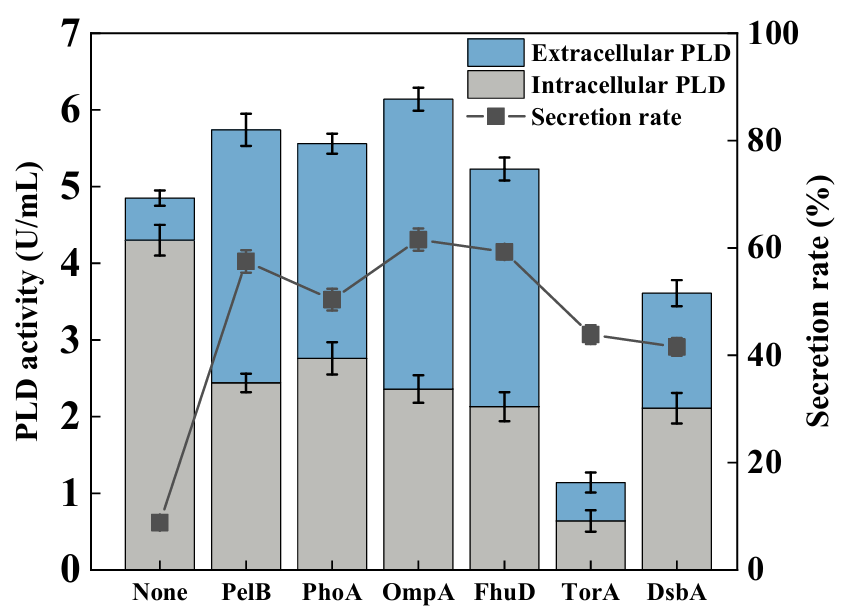
Article
11 April 2025Virtual Spaces of Islamic Preaching: Digital Majelis Taklim and the Changing Role of Women in Indonesia
This study investigates the changing role of women in digital da’wah and the digital transformation of Majelis Taklim (Islamic study groups) in Indonesia. As digital platforms like YouTube, Instagram, WhatsApp, Telegram, and TikTok become more widely used, this study explores how women negotiate power, shape religious discourse, and interact with audiences online. The study employs a qualitative approach using digital ethnography and critical discourse analysis (CDA) to examine the interactions and narratives shaping women’s roles in digital da’wah. Data were collected through digital observations, in-depth interviews with female preachers (ustazah), moderators, and active participants, and content analysis of Majelis Taklim sessions on social media. The study applies Fairclough’s CDA to analyze power relations within religious discourse and Van Dijk’s Critical Discourse Studies (CDS) to examine how digital da’wah reconstructs female religious authority. The results reveal a shift in women’s roles from passive participants to active producers of religious discourse. While digitalization provides broader access and participation opportunities, female preachers still face challenges in establishing religious authority, particularly in male-dominated Islamic discourses. The study finds that key themes in women-led da’wah include Islamic parenting, hijrah (religious transformation), Islamic economy, and women’s roles in Islam. Digital platforms do provide female scholars more prominence, but they also perpetuate patriarchal interpretations of religious norms. By combining digital ethnography, critical discourse analysis, and religious studies, this work adds to the conversation on Islam, gender, and digital religious practices. It shows how digital media influences women’s involvement in da’wah by presenting opportunities and limitations. Unlike other studies concentrating on male religious authority in digital da’wah, this research offers a thorough, empirical, and theoretical examination of how women manage religious influence and legitimacy online. The findings have implications for developing inclusive, digital-based Islamic education and policymaking on religious discourse in the digital era.
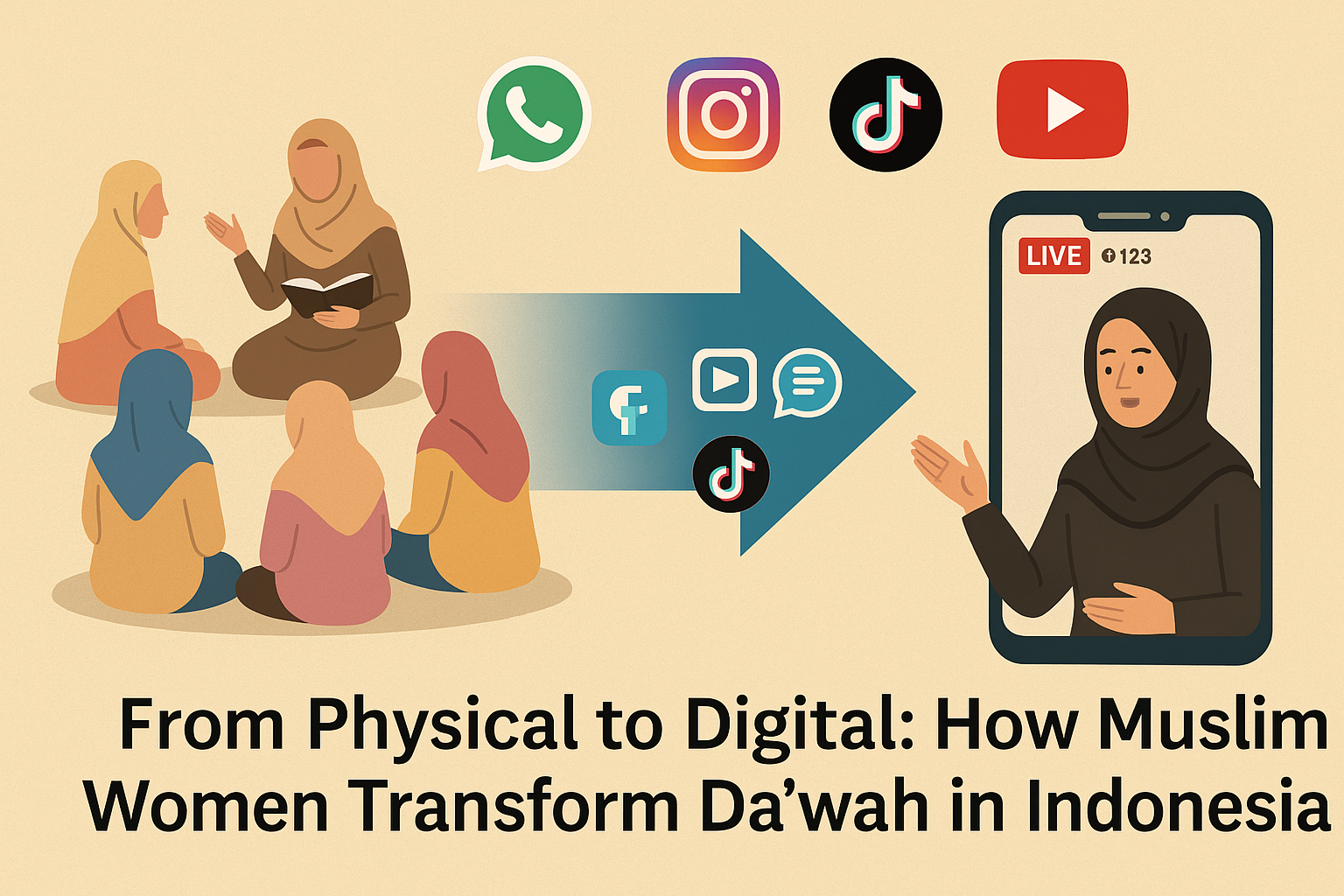
Article
08 April 2025Research on the Logic of Mobile Governance from the Perspective of Path Dependency: A Case Study of the Implementation of the “Coal-to-Gas” Policy in Rural Areas of Handan
Mobile governance, a commonly used governance approach in China, has always been controversial. Behind the persistence of mobile governance lies the underlying governance logic. This paper takes the implementation of the “coal-to-gas” policy in rural areas of Handan as a case study to analyze the path-dependent logic inherent in mobile governance. The paper argues that mobile governance’s selection path embodies path dependency characteristics, including three paths: conformist path dependency, policy-based path dependency, and demand-based path dependency. Mobile governance can be regulated through three paths: formulating a comprehensive list of rights and responsibilities for grassroots governance, the provincial government enacting relevant regulations to standardize the grassroots governance process, and vigorously developing e-government and digital government technologies to enhance the rule of law and standardization in grassroots governance.
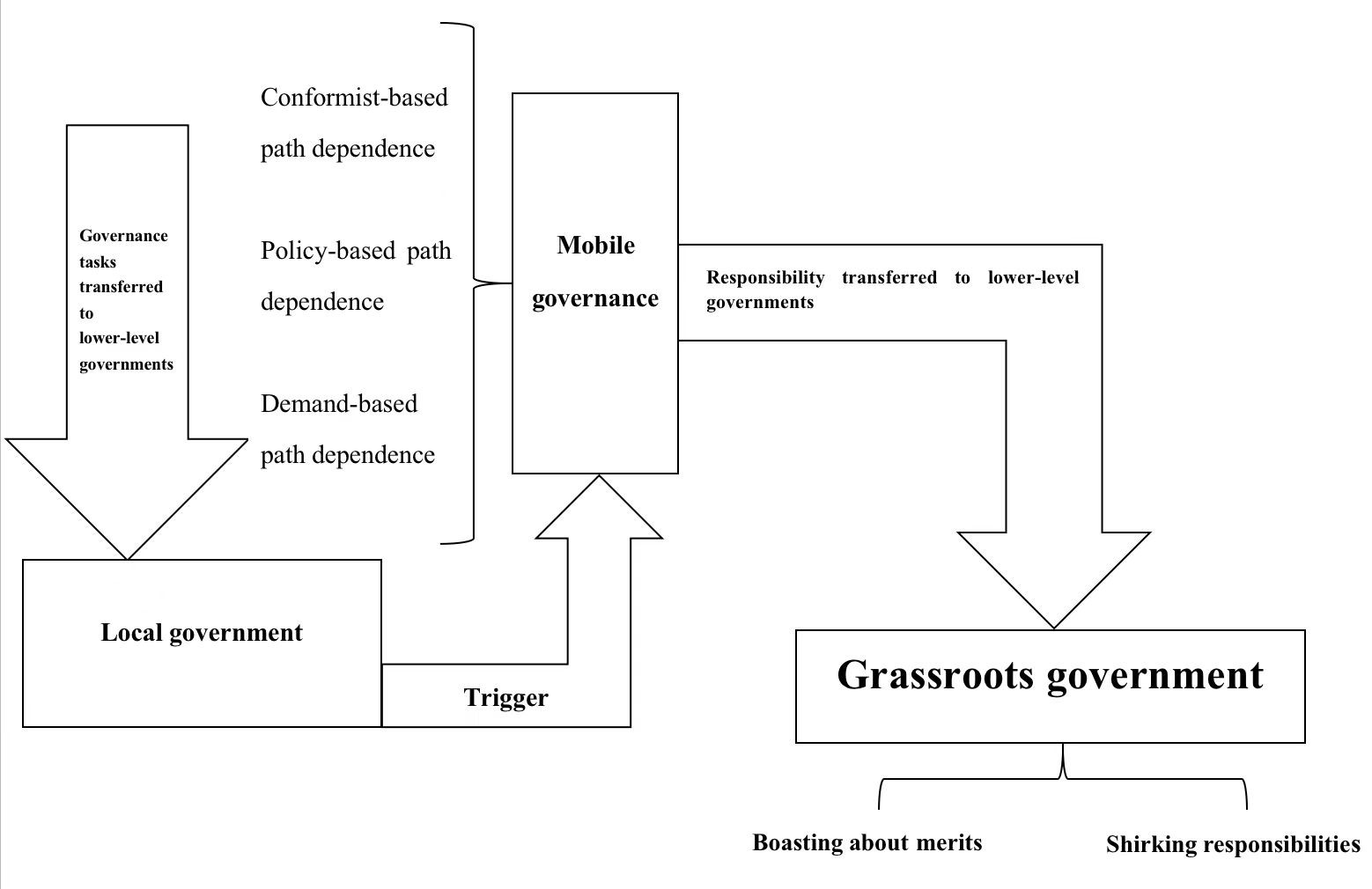
Article
03 April 2025Design, Building and Performance of a New Photocatalytic Reactor Using TiO2-Coated Rings Synthesized by Plasma Electrolytic Oxidation
An annular UV photocatalytic reactor with recirculation in batch was designed and built. The design considered low construction, simple operation and maintenance costs, availability and durability of the materials used, easy cleaning, and high standards of hygiene and safety. The TiO2 photocatalysts were synthesized by plasma electrolytic oxidation (PEO) on commercial Ti rings were compared with coatings obtained on Ti plates as a reference, and no influence of the substrate geometry on the morphology, crystallinity, or bandgap of the coatings was observed. The efficiency of the photocatalytic reactor using 10 TiO2-coated rings was tested by Cr(VI) transformation in the presence of EDTA. The Cr(VI) transformation after 5 h irradiation attained 95%; a rather high photocatalytic activity (62%) was maintained after the third use of the rings without reactivation of the photocatalyst. These coatings synthesized by PEO have not been applied in modular photocatalytic reactors until now.

